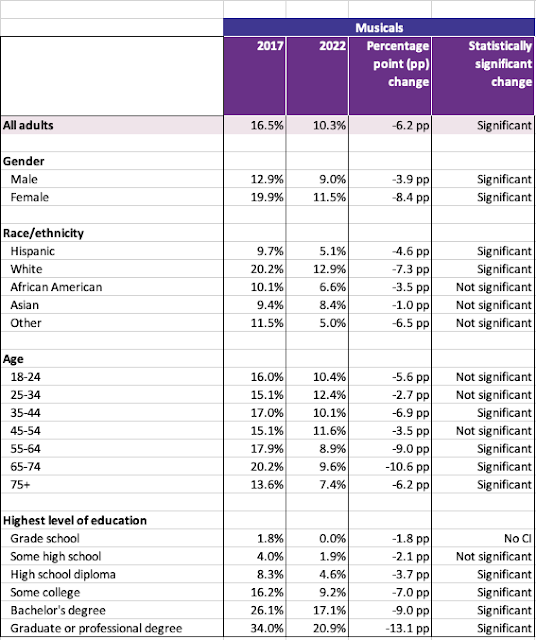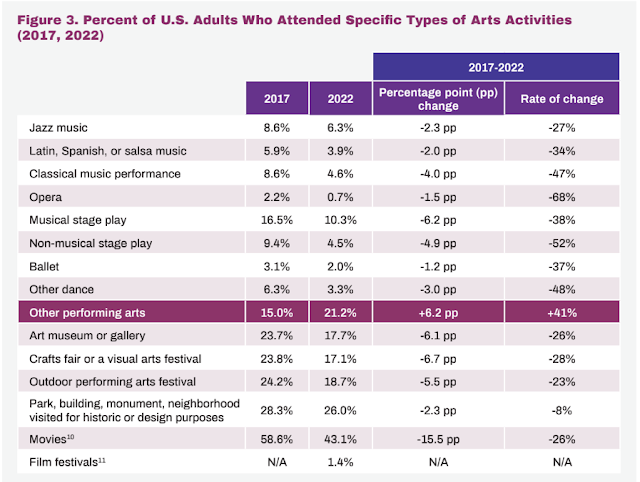Chapter Five
In this chapter, let’s talk about theatre’s future, shall we? This is an exercise in the absurd, since I have no idea at all what theatre will look like in the future, and it’s folly to believe anything I say will actually occur. It’s really just an intellectual exercise and has the stench of an after-dinner party parlor game for academics. Notwithstanding, I’m going to do it anyway, because for me it’s a time-killer, something to pass the dreary winter days. It’s also therapy, because I do think about these matters from time to time, and I’d like my ideas to live somewhere else than in my head. It relieves some intellectual tension going on up there. I’m also going to delve a little more into some of my concerns about Scott Walters’ concepts in his new book Building A Sustainable Theatre . This is the book that prompted me to begin this series in the first place. I was intending to write a series like this anyway, but reading Scott’s book gave this series more of a focal point once we...

